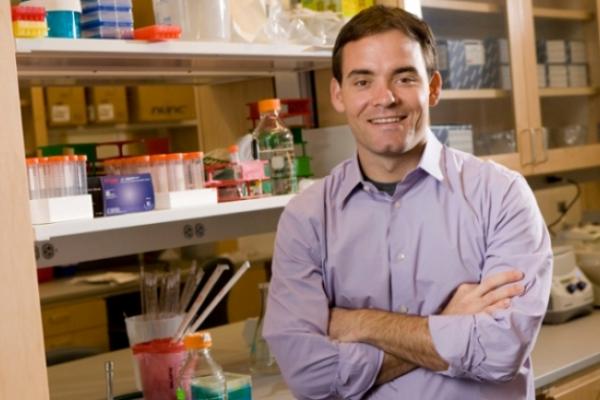
A new study suggests that CRISPR/Cas9 can help cells be reprogrammed from one type to another directly, without first inducing pluripotency. It's another step towards the ability to precisely modify the epigenomic landscape in cells.
Scientists from Duke University, led by first author Joshua Black and senior author Charles Gersbach, described using CRISPR/Cas9-based gene activation to convert mouse fibroblasts directly into neuronal cells. Using nuclease null CRISPR/Cas9 fused to VP64 trans-activation domains, they precisely activated Brn2, Ascl1, and Myt1, endogenous genes that produce the transcription factors needed to control the neuronal gene network and reprogram the cells. Specifically, the neuronal cells exhibited chromatin remodeling at the target genes matching what is naturally found in cells found in mouse brain tissue, the scientists said.
They published their results in Cell Stem Cell.
While this direct reprogramming has been done before using viruses to insert the transcription factors, CRISPR/Cas9 provides a more elegant way to do this.
"The method that introduces extra genetic copies with the virus produces a lot of the transcription factors, but very little is being made from the native copies of these genes," Black said in a statement. "In contrast, the CRISPR approach isn't making as many transcription factors overall, but they're all being produced from the normal chromosomal position, which is a powerful difference since they are stably activated. We're flipping the epigenetic switch to convert cell types rather than driving them to do so synthetically."
This caused the fibroblasts to conduct electrical signals — a hallmark of neuronal cells. Even after the CRISPR activators went away, the cells retained their neuronal properties.
"When blasting cells with master transcription factors made by viruses, it's possible to make cells that behave like neurons," Gersbach said in a statement. "But if they truly have become autonomously functioning neurons, then they shouldn’t require the continuous presence of that external stimulus."
The scientists pointed to the usual applications for reprogrammed cells, such as better disease modeling or even personalized disease modeling, as ways the technology could be used in the future.
For now they'll focus on getting it to work with human cells and for other epigenomic modifications.
"As the toolkit of designer transcription factors expands to precisely modify the epigenome, these tools may be used to prime specific genomic loci in diverse cell types, promote endogenous transcription factor binding, and directly correct regions of epigenetic remnants that prove to be problematic for a given application. This may lead to improved reprogramming fidelity and extension of the breadth of donor cells amenable to reprogramming," the authors wrote.
(This article originally appeared in GenomeWeb.)